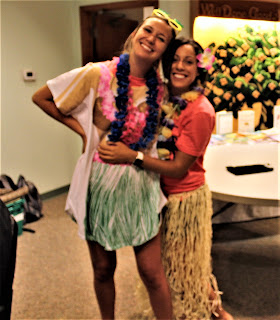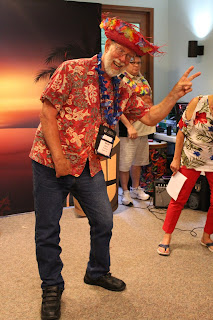 |
| www.strokecamp.org |
 |
| http://www.unitedstrokealliance.org/ |
To receive your free Booster Box please call our office at
309-688-5450 or email info@strokecamp.org to request yours.
Subscriptions will be available for purchase and information will be inside your free box.
 |
| Show Me The Booster Box |
*****************************************************************
The following was contributed by
Hanna Hughes
Hanna Hughes
Associate Marketing Communications Specialist
Medtronic
Cardiac Rhythm & Heart Failure
Medtronic
Cardiac Rhythm & Heart Failure
8200 Coral Sea Street NE, MVS21 | Mounds View, MN 55112| USA
-----------------------------------------------------------------------------------------------------
SEPTEMBER IS ATRIAL FIBRILLATION
AWARENESS MONTH.
AWARENESS MONTH.
Learn more about what could be at the heart of your stroke.
Atrial fibrillation (also referred to as AF or AFib) is a major risk factor for stroke. (1) Atrial fibrillation is a common condition in which the upper chambers of the heart, or atria, fibrillate. This means that they beat very fast and irregularly, so the heart can’t pump blood effectively to the rest of the body.
AFib increases the risk of stroke more than 5 times, (1) but often goes undetected since it can happen infrequently or without symptoms. When someone has AFib, the blood is not moving through the heart the way it should, and blood clots can form within the left atria. If a clot dislodges, it can travel to the brain and result in a stroke.
September is Atrial Fibrillation Awareness Month. Take time this month to learn about Atrial Fibrillation and if you are at risk. If the cause of your stroke is unknown, it’s very important to determine if you have AFib. If AFib is found, your doctor may change your medications or suggest other treatments in order to reduce your risk of having another stroke.
(1) Wolf PA, Abbott RD, Kannel WB. Atrial fibrillation as an independent risk factor for stroke: The Framingham Study. Stroke. August 1991;22(8):983-988.
-----------------------------------------------------------------------------------------------------
I hope to get more information on Atrial Fibrillation to post throughout the month.

































